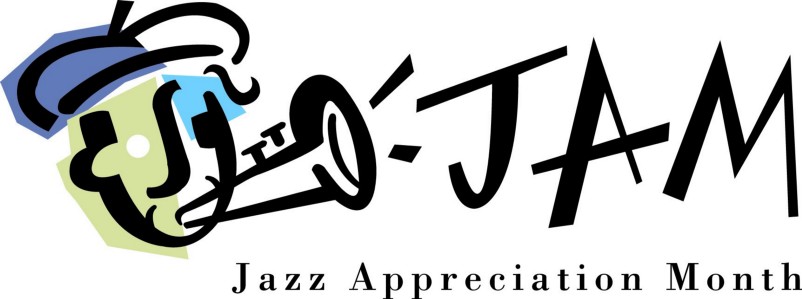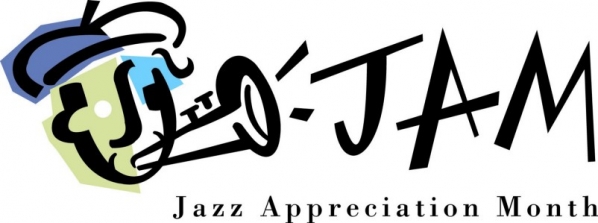This post was originally posted on April 10, 2018.

In 2001, the National Museum of American History designated April as Jazz Appreciation Month (JAM) in order to “draw greater public attention to the extraordinary heritage and history of jazz and its importance as an American cultural heritage.” Over the next few weeks, we at the W. L. Eury Appalachian Collection are using this opportunity and this blog to explore Jazz in the Appalachian region.
Jazz is not normally the first thing that comes to mind when one thinks of music in Appalachia — the Bluegrass and Old Time traditions so ingrained in the region’s past have become the de facto “Appalachian music.” Because of this, not much attention has been paid to jazz in Appalachia in the academic community.
One notable exception is the 2003 article in Black Music Research Journal by Todd Wright and John Higby, “Appalachian Jazz: Some Preliminary Notes.” In this article, the authors search for and explore a definition of Appalachian jazz and come to the conclusion, “that there is no jazz to be identified with the whole of Appalachia. We are much less willing to concede that there are not smaller parts of the whole region where black musicians have sufficient rapport with one another to develop a distinctive jazz sound; we are inclined to believe that such people and places exist.” (Unfortunately, little follow-up investigation has been done into the roots and parameters of Appalachian jazz since the publication of the Wright/Higby article over fifteen years ago.)
Appalachia has given birth to its fair share of jazz musicians. Below we highlight just a few of the more influential jazz cats from around the region.
Nina Simone (1933–2003), native of Tryon, North Carolina, was a highly influential (and, at times, controversial) singer, pianist, arranger, and Civil Rights activist. Simone, born Eunice Waymon, combined classical, jazz, blues, folk, gospel, and pop music stylings to create her unique sound.
Earl “Fatha” Hines (1903–1983) was born in Duquesne, Pennsylvania. He began his musical training playing trumpet, but soon began studying piano. By 1918 he was playing professionally with singer Lois Deppe. He moved to Chicago at age 20 and began an illustrious career playing with the likes of Billy Eckstine, Sarah Vaughan, Charlie Parker, and Dizzy Gillespie. Hines’ unique blend of melody articulation (what is called “trumpet style” of playing) with innovations in left-hand technique made him a highly influential jazz musician.
Bassist Jimmy Blanton (1918–1942), born in Chattanooga, Tennessee, is credited as a revolutionary in the jazz bass world for his incredible innovations in harmonics and technique that ultimately led to the evolution of the bop rhythm section. Blanton died at the tragically young age of 23, but he left a legacy of hundreds of recordings (including over 130 with Duke Ellington).
Born in Villa Rica, Georgia, Thomas A. Dorsey (1899–1993) may best known as the “Father of Black Gospel Music” and as the composer of hundreds of gospel tunes including “Taken My Hand, Precious Lord.” But early in his career, Dorsey performed jazz/blues under the moniker Georgia Tom and, for a time, led Ma Rainey’s Jazz Band. Many early songs written by Dorsey were covered by such jazz musicians as King Oliver.
Sources Consulted:
- Grove Music Online
- Encyclopedia of Appalachia
- “Appalachian Jazz: Some Preliminary Notes.” Todd Wright and John Higby. Black Music Research Journal Vol. 23, №1/2 (Spring — Autumn, 2003), pp. 53–65.
Contributed by Dustin Witsman, Processing Archivist

